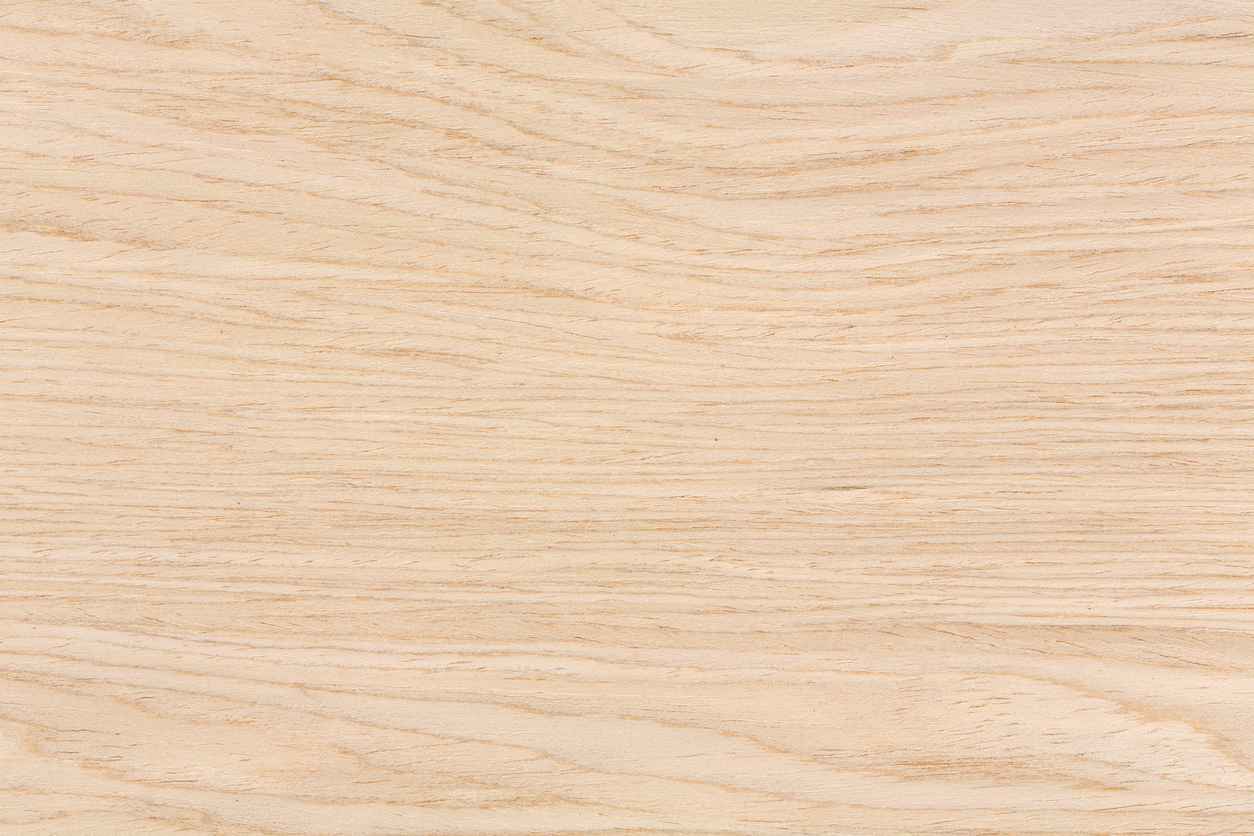Oak wood properties
Contents |
Introduction
Considered to be the traditional carving wood, oak is characterised by its strength and sturdiness, with a very defined grain. Consisting of dozens of species of varied colours, white and red oak are typically more common in carving. An extremely popular choice of wood for carving, English Oak is durable and strong, but hard to work with.
Recommended for carvers with a bit of experience, it’s ideal for larger pieces because of its coarse grain. Fine work tends to result in the wood breaking away at the edges, which ruins the design. Suitable for outdoor pieces, it requires adequate treatment to prevent cracking and warping.
White oak
White oak, also known by its scientific name Quercus alba, is a strong and rot resistant wood commonly used because of its cost effectiveness. Very durable and resistant to the environment, it allows for great results when carving, either by hand or with tools. However, its high shrinkage value doesn’t allow for dimensional stability, and in contact with iron, especially if wet, it can become discoloured and stained.
White oak’s heartwood has a light to medium brown colour, and an almost white sapwood that isn’t always well-defined against the heartwood. Its grain is straight and coarse, with an uneven texture. The endgrain is ring-porous and it consists of around two to four rows of large earlywood pores and small latewood pores in a radial arrangement.
Red oak
Also known as Quercus rubra, red oak has a light to medium brown with a reddish tint heartwood, and an almost white to light brown sapwood. The colours alone however, aren’t enough to distinguish red oak from white oak. Red oak has a straight, coarse, and uneven grain with large pores but, unlike white oak, red oak is less resistant to rot and to insects and has a tendency to stain when in contact with water.
Both hand and tool carving techniques are suited ot red oak, although similar to white oak, it has high shrinkage values that mean it may not maintain its dimensional stability. Popular uses include in furniture and flooring due to the wood’s strength and durability.
Oak carving tips
This popular hardwood can be difficult to work with due to how sensitive the grains are to the direction designs are carved in. The hardness can also prove to be challenging for beginners, who should avoid oak wood until more practice and expertise is developed to allow for better control of tools and machinery.
A simple design will allow for better accuracy when carving, as details may be lost due to how difficult oak wood is to carve. Practicing on a spare piece of oak will allow a better assessment of how long the project will take and the level of proficiency required.
Carbon paper is typically used when carving to transfer a design onto the wood, as it eases the initial process and design.
As oak is a hardwood, sharp and efficient tools are required for proper carving.
--G&S Specialist Timber 16:07, 23 Jan 2017 (BST)
Related articles on Designing Buildings
- 11 things you didn't know about wood.
- Ancient Woodland.
- Bamboo flooring.
- Chip carving.
- Confederation of Timber Industries.
- Cross-laminated timber.
- Definition of tree for planning purposes.
- Engineered bamboo.
- European Union Timber Regulation.
- Forest Stewardship Council.
- Oak-Framed Buildings.
- Panelling.
- Pine wood.
- Plywood.
- Programme for the Endorsement of Forest Certification.
- Properties of mahogany.
- Sapele wood.
- Timber.
- Timber preservation.
- Timber v wood.
- Tree preservation order.
- Tree rights.
- Types of timber.
- Walnut.
- Wood ash.
- History and Techniques of Woodturning
- Physical Properties of Wood
- The Properties of Pine Wood
- Wainscoting.
Featured articles and news
The UK's Modern Industrial Strategy: A 10 year plan
Previous consultation criticism, current key elements and general support with some persisting reservations.
Building Safety Regulator reforms
New roles, new staff and a new fast track service pave the way for a single construction regulator.
Architectural Technologist CPDs and Communications
CIAT CPD… and how you can do it!
Cooling centres and cool spaces
Managing extreme heat in cities by directing the public to places for heat stress relief and water sources.
Winter gardens: A brief history and warm variations
Extending the season with glass in different forms and terms.
Restoring Great Yarmouth's Winter Gardens
Transforming one of the least sustainable constructions imaginable.
Construction Skills Mission Board launch sector drive
Newly formed government and industry collaboration set strategy for recruiting an additional 100,000 construction workers a year.
New Architects Code comes into effect in September 2025
ARB Architects Code of Conduct and Practice available with ongoing consultation regarding guidance.
Welsh Skills Body (Medr) launches ambitious plan
The new skills body brings together funding and regulation of tertiary education and research for the devolved nation.
Paul Gandy FCIOB announced as next CIOB President
Former Tilbury Douglas CEO takes helm.
UK Infrastructure: A 10 Year Strategy. In brief with reactions
With the National Infrastructure and Service Transformation Authority (NISTA).
Ebenezer Howard: inventor of the garden city. Book review.
The Grenfell Tower fire, eight years on
A time to pause and reflect as Dubai tower block fire reported just before anniversary.
Airtightness Topic Guide BSRIA TG 27/2025
Explaining the basics of airtightness, what it is, why it's important, when it's required and how it's carried out.
Construction contract awards hit lowest point of 2025
Plummeting for second consecutive month, intensifying concerns for housing and infrastructure goals.
Understanding Mental Health in the Built Environment 2025
Examining the state of mental health in construction, shedding light on levels of stress, anxiety and depression.
The benefits of engaging with insulation manufacturers
When considering ground floor constructions.
Lighting Industry endorses Blueprint for Electrification
The Lighting Industry Association fully supports the ECA Blueprint as a timely, urgent call to action.
























